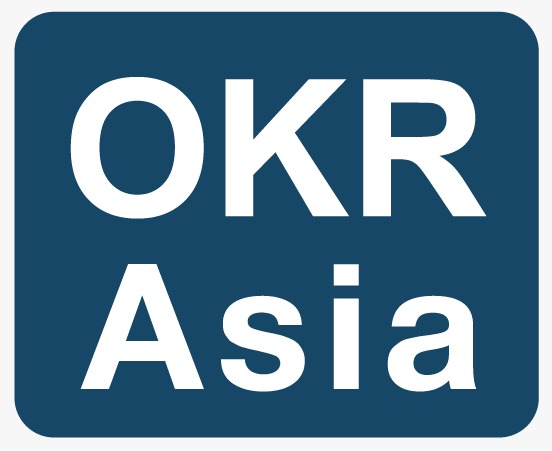Understanding the difference between MBO and OKRs
Understanding the difference between MBO and OKRs
OKRs (Objective and Key Results) as a framework is a goal-setting methodology that enables internal alignment and measurability within an organization. This framework involves two main elements:
- Objectives : a concise, qualitative description of goals
- Key results : metrics that measure progress toward a goal
The Management by Objectives (MBO) method improves the performance of an organization. It specifies the organization’s overarching goals and identifies the role that employees play in reaching them.
MBOs versus OKRs: Understanding the difference
- Deciding upon the structure of goals
In addition to their detailed objectives, OKRs define individual tasks that contribute to achieving these objectives. This tactical approach is part of the framework, unlike MBOs that focus on higher-level ambition without actionable items.
OKRs aim for 60-80% completion, whereas MBOs aim for 100% completion. This indicates that OKRs encourage more ambitious and innovative goals than MBOs.
It is possible to analyze MBOs qualitatively or quantitatively, whereas OKRs are always measured quantitatively. However, qualitative feedback on OKR progress using software tailored to one’s business can also be easily obtained. This leaves no room for ambiguity when evaluating OKRs. Additionally, such platforms can offer anecdotal feedback as well as quantitative performance measures for further analysis.
- Goal orientation
MBOs are allocated to individuals, while OKRs are team-oriented. Although key results are usually managed by a single individual, OKRs emphasize a teamwork mindset and mutual success across teams. OKRs are discussed openly across any organization, whereas MBOs are communicated between employees and their managers. Hence, OKRs result in better collaboration within and between teams as they improve solution-oriented thinking.
Employees’ paychecks are less affected by MBO performance than by OKR performance. Keeping performance evaluations separate from OKRs emphasizes company goals, how employees contribute to them and encourage an agile iteration mindset
- Goal implementation
OKRs are typically written for a given quarter (or sometimes monthly or annually), whereas a MBO is usually written annually. Having an annual timeline for MBOs increases the risk of changing priorities, resulting in lack of focus.
Managers and employees communicate status updates separately when they are part of an MBO. The OKR status updates, on the other hand, are shared openly between teams, where transparent discussions ensure that the company’s culture is geared toward achieving its goals.
The MBO is determined at the beginning of every cycle and remains static over the course of the cycle. While OKRs – particularly key results & actions – can be modified if teams deem them necessary. The purpose of OKRs is to encourage the team to continually evaluate the success of the methods they choose to solve problems.
Conclusion
Creating objectives for your teams, and organization is critical for success. It ensures that everyone is aligned and working towards a common goal. Moreover, it encourages accountability, ownership, and transparency. Methodologies like OKRs and MBOs are designed to track, manage, and evaluate your business outputs. However, use of such methodologies would vary as per the objectives of the organisation.








